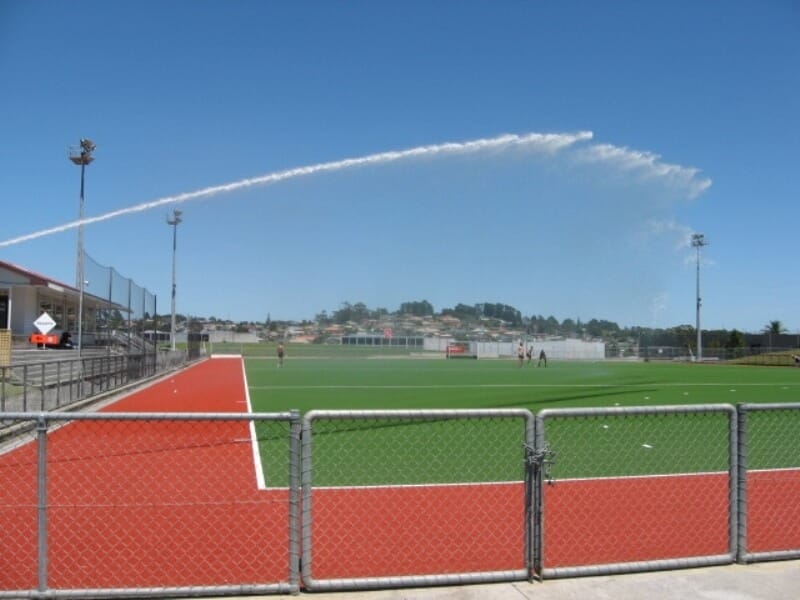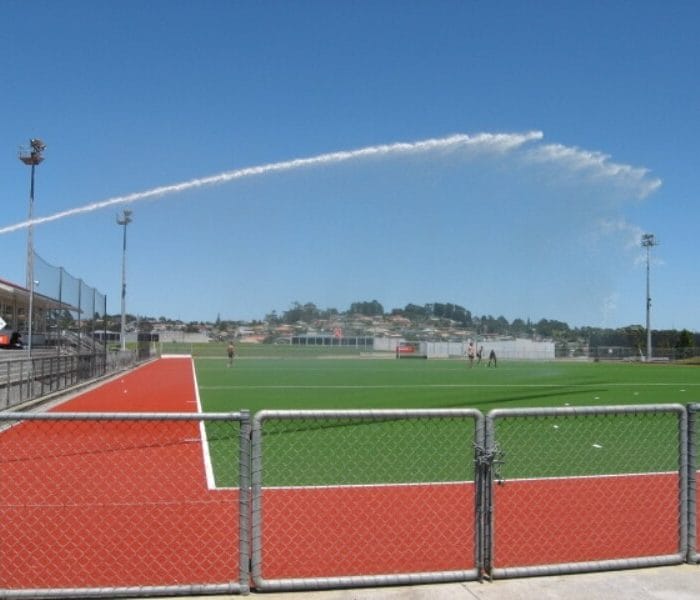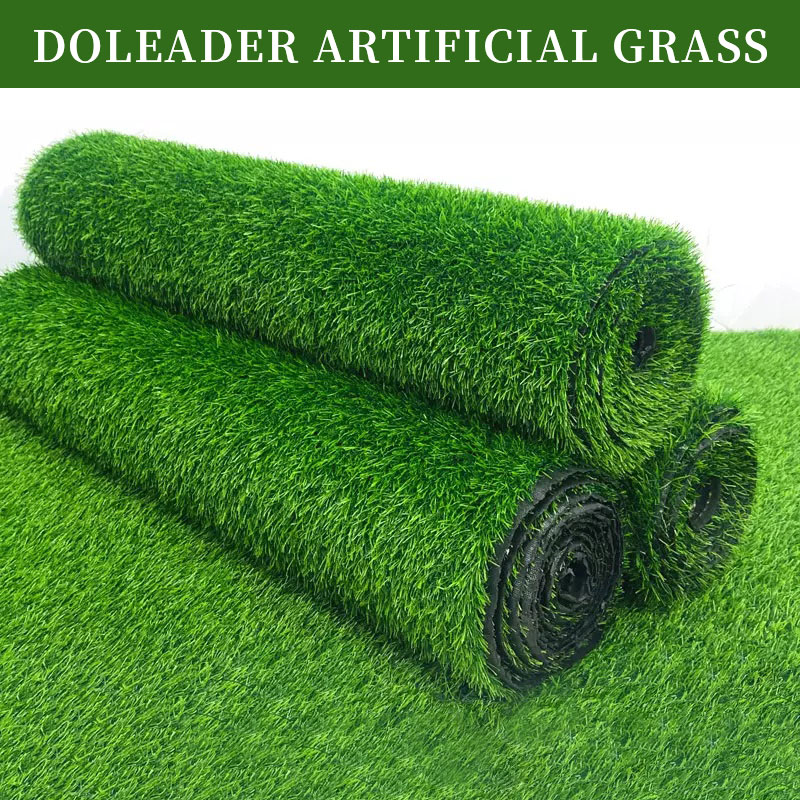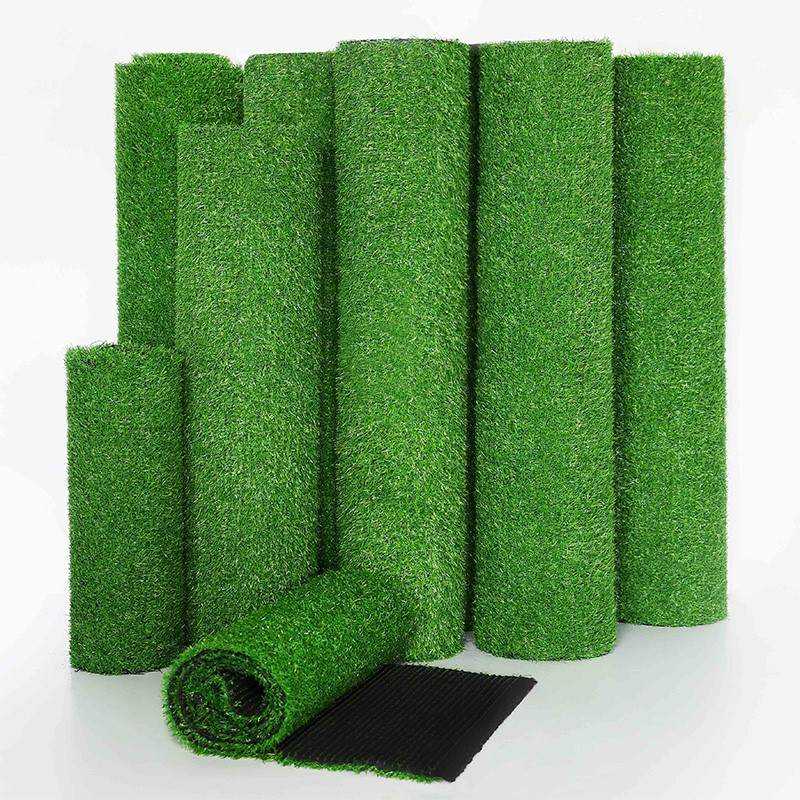
Field hockey is a fast-paced, exciting sport that is played on a turf field. Turf fields are becoming increasingly popular as they offer a number of advantages over natural grass fields, such as durability, consistency, and low maintenance. However, like any other type of turf, turf field hockey fields need to be properly maintained in order to provide a safe and enjoyable playing surface.
One of the most important aspects of turf field hockey field maintenance is watering. There are several reasons why turf field hockey fields need to be watered.
- To keep the turf healthy and green. Turf grass needs water to survive and thrive. Without enough water, the grass will become dry, brown, and susceptible to disease.
- To prevent the turf from becoming too hard. Dry turf can become hard and compacted, which can increase the risk of injuries to players. Watering the turf helps to keep it soft and resilient.
- To improve the playing surface. Watered turf is more consistent and predictable than dry turf. This helps to reduce the number of bounces and unpredictable bounces, which can affect the outcome of a game.
The amount of water needed to water a turf field hockey field will vary depending on the climate, the type of turf, and the amount of use the field receives. In general, turf should be watered deeply once a week. However, in hot, dry climates, it may be necessary to water more frequently.
When watering a turf field hockey field, it is important to use a sprinkler system that provides even coverage. This will help to prevent the turf from becoming waterlogged in some areas and dry in others.
Here are some tips for watering a turf field hockey field:
- Water early in the morning or late in the evening to avoid evaporation.
- Water deeply, rather than frequently.
- Use a sprinkler system that provides even coverage.
- Test the soil moisture before watering to determine if the turf needs water.
By following these tips, you can help to ensure that your turf field hockey field is healthy, safe, and playable.
Sustainability Considerations
Watering turf field hockey fields can be a significant use of water, especially in areas with limited water resources. In recent years, there has been a growing movement to develop more sustainable turf field hockey fields that require less water.
One way to reduce water usage is to use a turf that is designed to be more drought-tolerant. There are a number of different turf types available that have been specifically developed for use in hot, dry climates.
Another way to reduce water usage is to install a more efficient sprinkler system. There are a number of different sprinkler systems available that can help to reduce water waste.
By taking steps to reduce water usage, turf field hockey facilities can help to conserve water and protect the environment.










